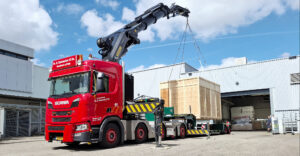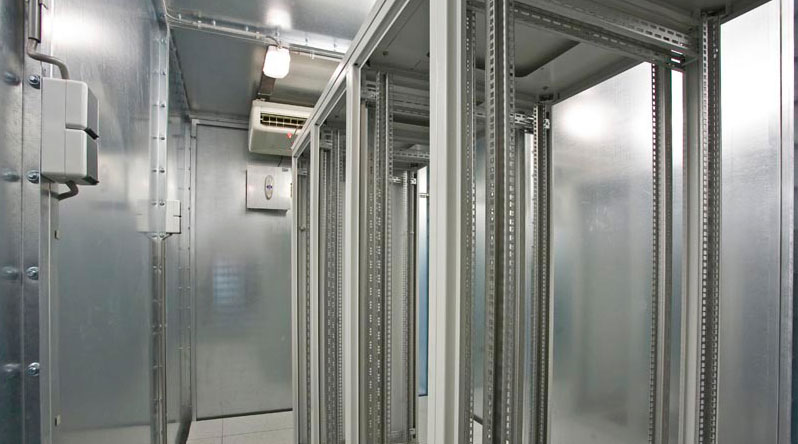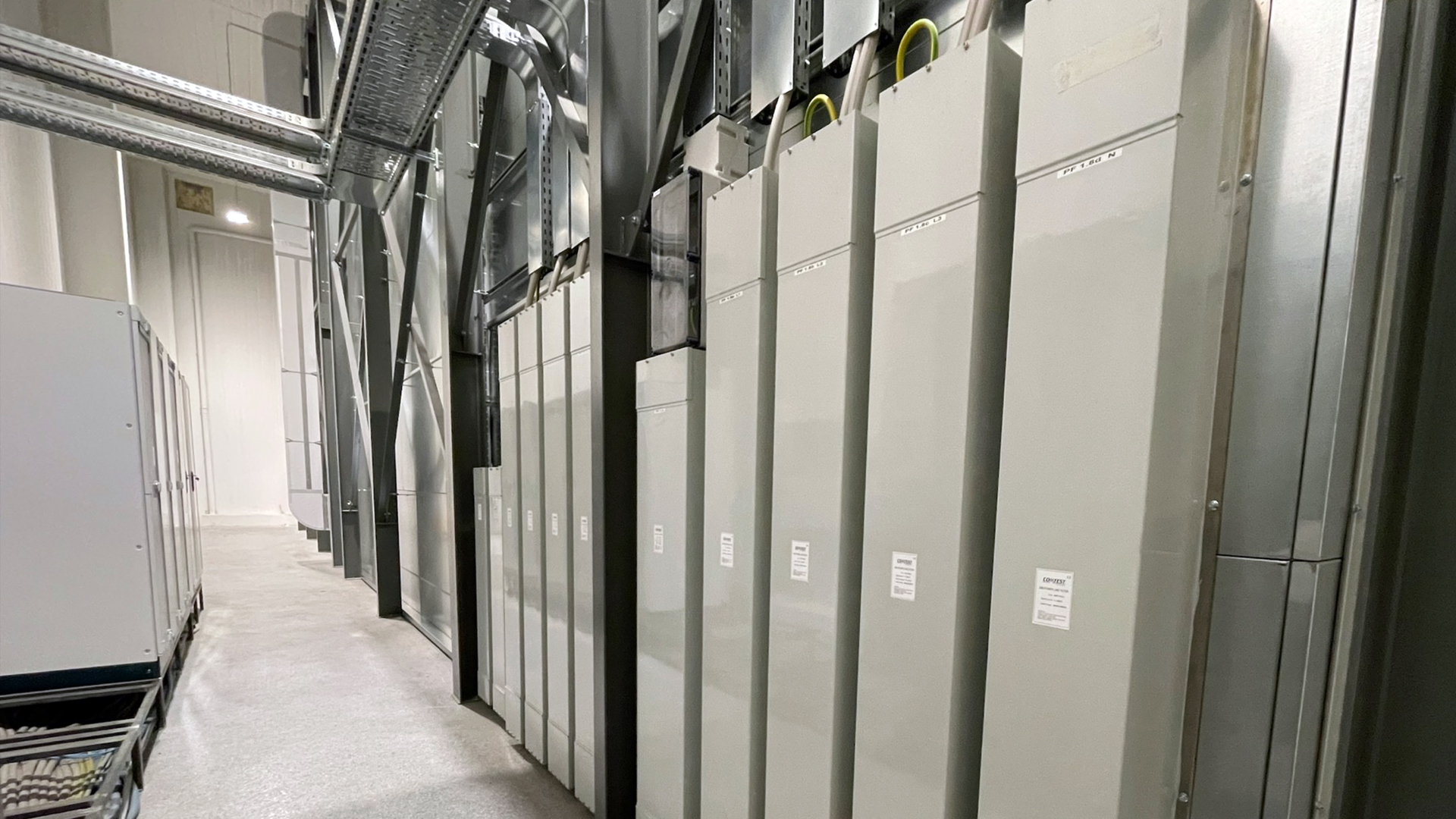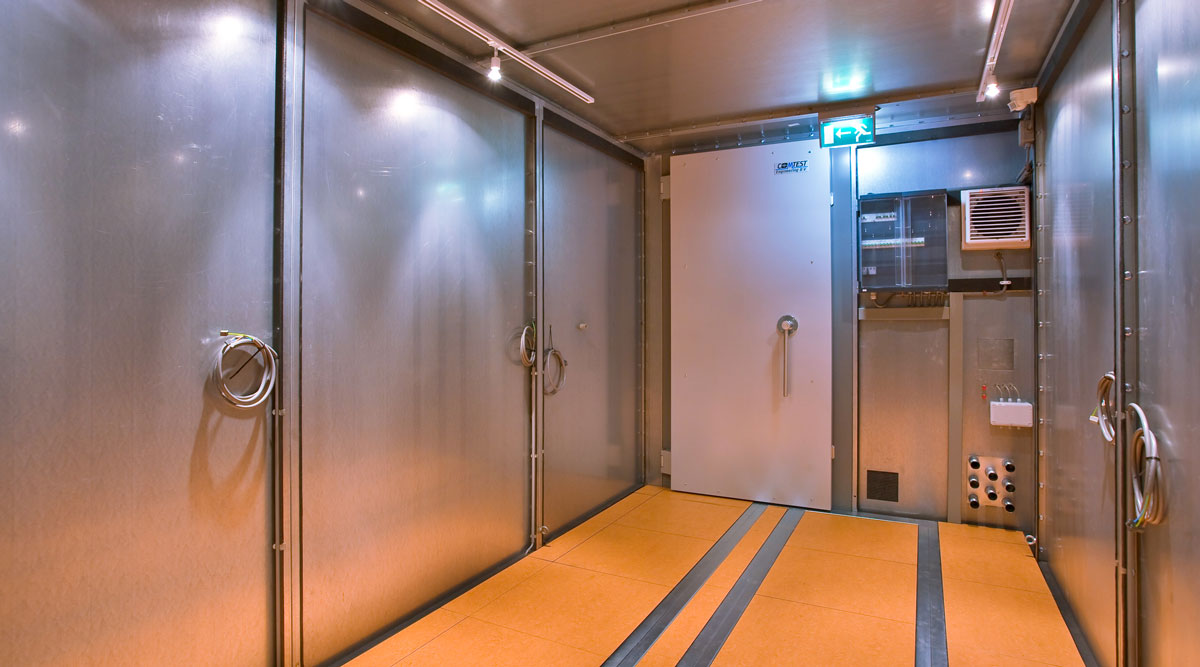
Big doors, a big challenge for packaging and transportation
How does a 4.2×4-meter door fit in the box in the photo? “It’s not only a challenge for packaging but also transportation,” explains Arjan Nederstigt. His colleagues Ron Ligtvoet, Ferruh Saribas, and Miguel Gobardhan join him in ensuring that all purchases are sent safely and soundly to our clients. One of the things that sets us apart from other manufacturers is that our doors are shipped in one piece after being thoroughly tested in our workshop so our team can install the doors fast and worry-free anywhere in the world. The challenge that comes with shipping completely assembled doors is their size.”







